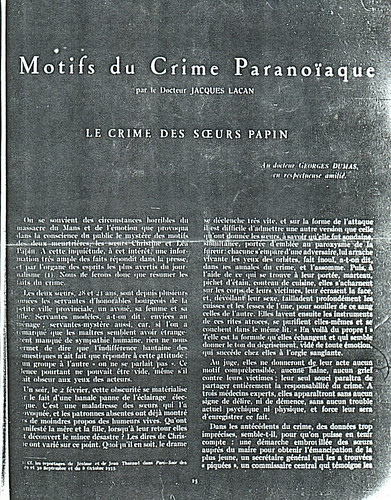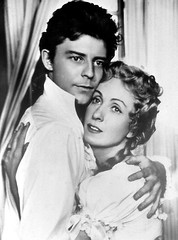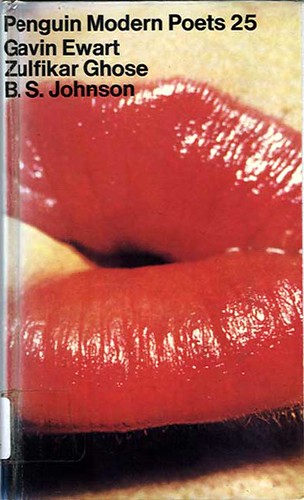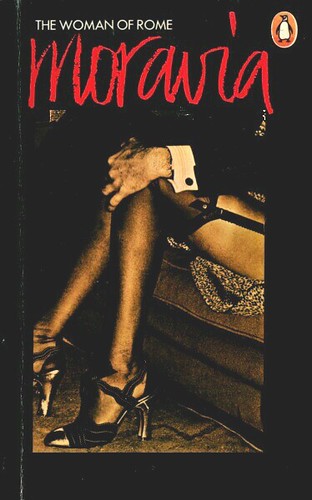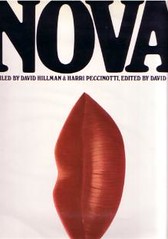[Youtube=http://www.youtube.com/watch?v=D2eVb4CC4XU]
Dream sequence in La Prisonnière (1968) by Henri-Georges Clouzot
I love dream sequences in film. Every Disney film has nearly one. Always psychedelic. Film as a medium is particularly well-suited to impart dream visions, much better than previous visionary literature, which required more narrative realism.
An interesting juxtaposition here is Dante‘s Divine Comedy compared to its first film adaptation[1].
[Youtube=http://www.youtube.com/watch?v=RA3NRe5kgak]
The Divine Comedy exemplifies the conventions of dream-vision literature, though Dante specifically says that his Comedy is not a dream vision.
I guess what this post comes down to is the boring but somehow unavoidably attractive “literature vs. cinema” debate I’ve been engaging in.
The debate is boring when you limit it to either/or, but of interest if you view it from its technical angle, with fiction at the center, and medium-specificity at its perifery.
Notions such as unfilmability provide the best entry point.
But that notion I was not thinking about when going to bed last night. I thought about cinematic effects in literature, a notion first put forward to my knowledge by Lotte H. Eisner in The Haunted Screen.
She writes:
- “Romantic authors such as Novalis or Jean Paul, while anticipating the Expressionist notions of visual delirium and of a continual state of effervescence, also seem almost to have foreseen the cinema’s consecutive sequences of images. In the eyes of Schlegel in Lucinde, the loved one’s features become indistinct: ‘very rapidly the outlines changed, returned to their original form, then metamorphosed anew until they disappeared entirely from my exalted eyes.’ And the Jean Paul of the Flegeljahre says: ‘The invisible world wished, like chaos, to give birth to all things together; the flowers became trees, then changed into columns of cloud; and at the tops of the columns flowers and faces grew. In Novalis‘s novel Heinrich von Ofterdingen there are even superimpositions.”
Example of a superimposition in The Last Laugh (1924) – Murnau
She concludes:
- “It is reasonable to argue that the German cinema is a development of German Romanticism, and that modern technique [cinematography] merely lends visible form to Romantic fancies.”
La Prisonnière is World Cinema Classic #67, L’Inferno #68.




